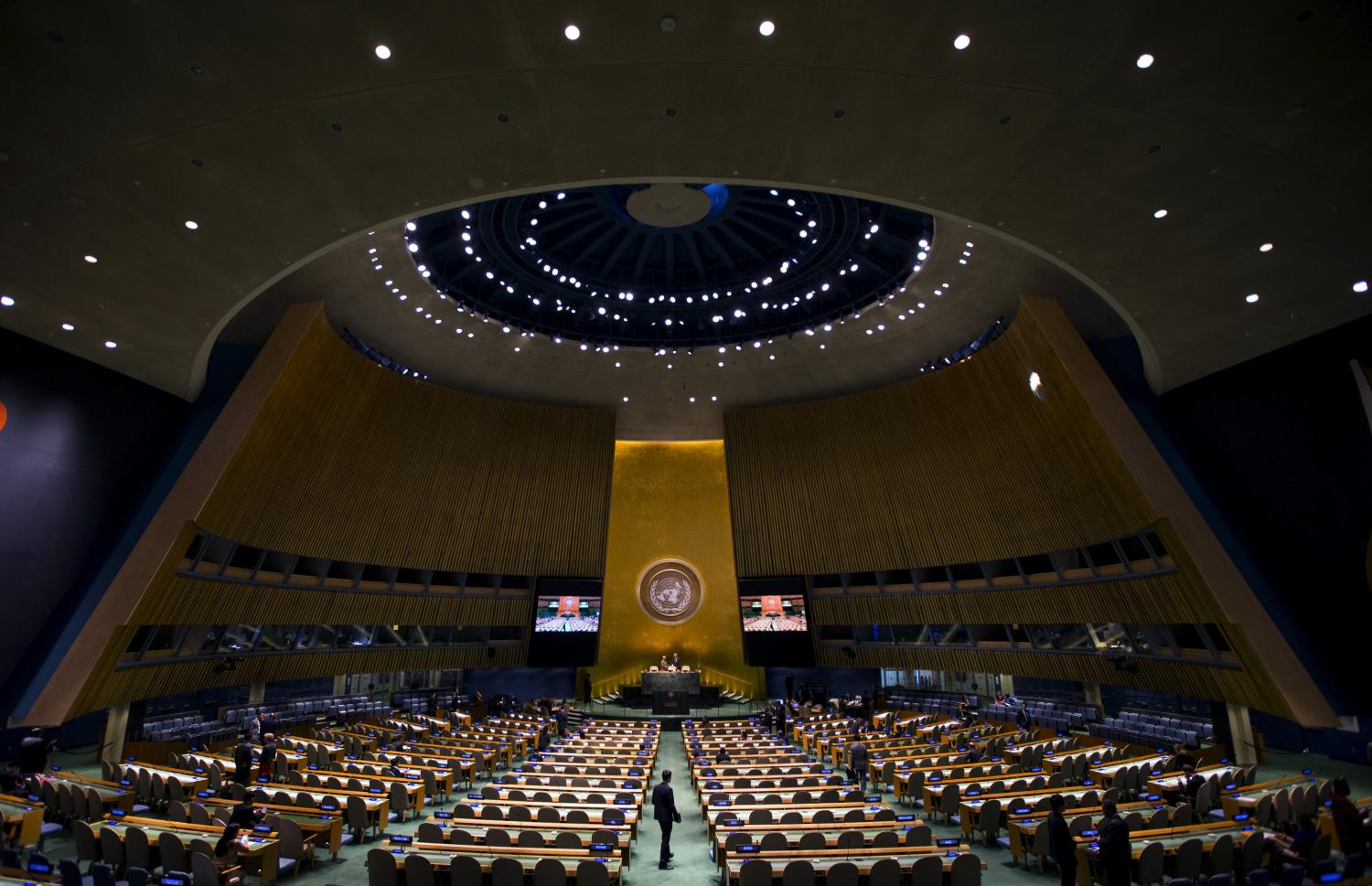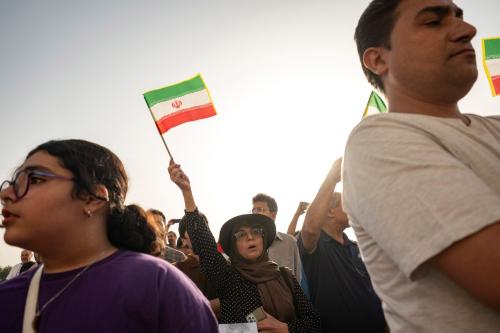Editor’s Note: Moeed Yusuf was a guest scholar at the Brookings Institution, where he conducted the research for this paper.
Executive Summary
The future of the global nuclear landscape has received intense scrutiny since the dawn of the nuclear era over six decades ago. This study offers a brief survey of attempts by intelligence communities and independent experts to predict the future of nuclear landscape since the beginning of the Cold War. The analysis suggests persistent inaccuracies in the forecasts throughout the period under review. Most projections erred on the side of pessimism, those emanating from independent experts more so than intelligence estimates. Moreover, the pace and timing of proliferation has been consistently slower than was anticipated by most experts. Further, the tone of predictive studies was not always consistent with contemporaneous events. Moreover, while U.S. government policy was impacted by intelligence estimates in some cases, in other periods, policy seemed to be at odds with classified projections. Finally, there is evidence that over the long-term, external assistance was a major factor in proliferation. External actors played the role of dampeners and, more recently, of collaborators in nuclear proliferation.
Forecasts during the Cold War retained a disproportionate focus on the two superpowers, with Western predictions regarding Soviet capability taking center stage. Estimates of relative capabilities saw a progressive shift in Moscow’s favor from the 1950s onwards; beginning with concerns about Soviet ambitions to catch up to the U.S., by the 1980s, most observers saw a relentless arms race and strategic instability between the two sides.
Projections regarding Nth country proliferation during the Cold War can be neatly divided into two periods, the first from 1949 to 1964 and the second from 1965 until the Soviet collapse in 1991. Commentaries in the earlier period were marked by concern about horizontal proliferation among the industrialized countries. In the second period, with China having conducted its first nuclear test in 1964, the focus of the proliferation debate shifted abruptly to the developing world. While estimates in the initial phase saw proliferation among the developed world as inevitable, by the 1980s, the industrialized world was believed to be in a stable equilibrium. For the developing world however, the question of ‘when’ rather than ‘if’ states were likely to go nuclear had become relevant.
The key difference in the outlook between the two periods was that the acquisition of weapons by industrialized countries was not perceived to be as destabilizing as it was for the developing world. For the latter, predictions often entertained domestic instability within states, the ‘mad ruler’ scenario, lack of requisite technical sophistication, among others as characteristics that made the likelihood of an advertant or inadvertent nuclear catastrophe higher.
Amidst the generally deteriorating outlook regarding the prospects of nuclear proliferation over the duration of the Cold War, the arms control and disarmament discourse also grew increasingly somber over time. Starting from a rather optimistic mood in the 1950s, any realistic prospects for disarmament were practically written off by the 1980s.
With the end of the Cold War, the outlook on the nuclear future shifted dramatically. The principal objective of U.S. nuclear weapons shifted from deterring the Soviet Union to new, uncertain threats emanating from the developing world. Nth powers were expected to increasingly complicate deterrence policy for a number of reasons: the multiplicity of potential aggressors, the absence of any clear ‘rules of the game’, and the potential ramifications of a nuclear threat. American experts continued to argue that the U.S. could not afford to disarm due to the uncertainty of these threats.
By the mid-1990s, the ‘new’ threat emanating out of the developing world had taken center stage, led by two interrelated concerns: the diffusion of nuclear weapons to new countries, and the potential for nuclear terrorism. Carrying over from the Cold War, horizontal proliferation was still considered inevitable. However, the potential for proliferation-induced instability and the likelihood of a nuclear war were considered to be much higher. Again, post-Cold War arguments were largely deterministic in assuming that developing countries would act less maturely with nuclear weapons under their belt, thus inevitably leading to regional, and in turn global, instability. Recent efforts to predict the future of nuclear weapons and proliferation agree overwhelmingly that Asian proliferation – Asia has been the exclusive focus of the Nth country proliferation debate for the past decade – would eventually undermine the post-Cold War nuclear equilibrium.
The fear of spread of nuclear weapons also added an interesting twist to the debate on external assistance to Nth countries. During the Cold War, forecasts suggested an inverse relationship between super power extended security guarantees to Nth states and the spread of nuclear weapons. Post-1991, while the role of U.S. security guarantees was still considered vital to stalling proliferation, the situation was believed to be less straightforward. Another new, reverse, role of external assistance that came to light in this period was the propensity of external actors – both state and non-state – in assisting Nth country nuclear programs to cross the nuclear threshold.
Nuclear terrorism also came into the limelight immediately after the USSR’s dissolution. Ever since, the inevitability of the spread of nuclear terrorism and that of a successful terrorist attack in the distant future have been taken for granted. Especially after the revelation of a global nuclear black market in 2003, anxieties increased on this count, with most quarters now arguing that terrorists were now willing to employ nuclear devices, this being a major departure from the Cold War era.
Finally, the global disarmament debate in the post-Cold War period was dominated by the nuclear ‘haves’/‘have nots’ dichotomy. There seems to be a consensus that barring a structural shift in the proliferation calculus, global disarmament is impossible. The focus was – and has remained – on the need to ensure quantitative reductions and the marginalization of nuclear weapons. Perhaps the biggest challenge confronting the non-proliferation community is the current debate on the NPT’s validity in the face of the emerging threats. Recent studies suggest that as long as the NPT allows countries access to civilian technology, military spin-offs will be inevitable. At the same time, the growing averseness to the NPT’s provision to do so is likely to put even greater pressure on the global non-proliferation regime in the times ahead.
The Brookings Institution is committed to quality, independence, and impact.
We are supported by a diverse array of funders. In line with our values and policies, each Brookings publication represents the sole views of its author(s).



